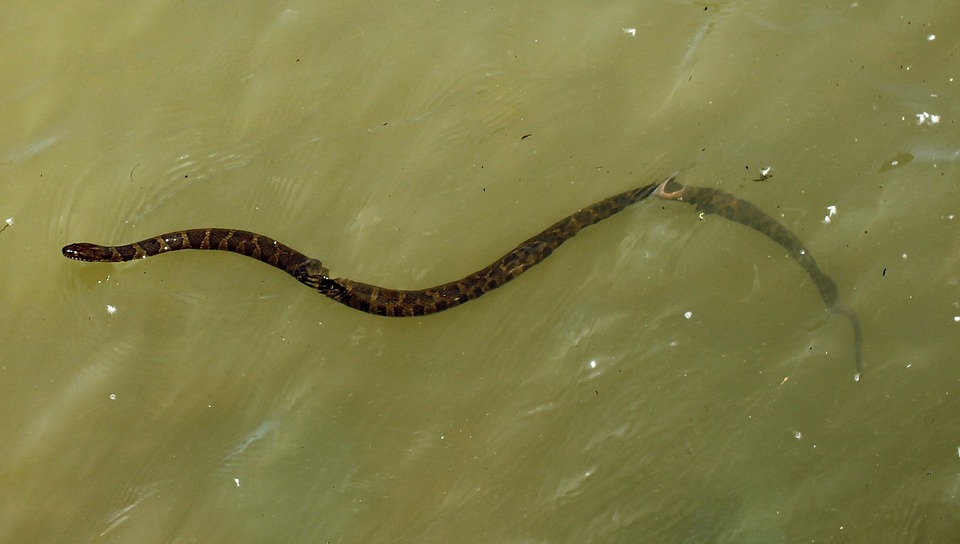Mushrooms have always been an intriguing part of the natural world. While many are known for their culinary uses, others can be deadly if consumed. In this comprehensive guide, we will delve into the secrets of poisonous mushrooms, from identification to symptoms and treatment.
An Overview of Poisonous Mushrooms
There are over 100,000 known species of fungi worldwide, and experts believe that there may be millions more that have yet to be discovered. Among these fungi, a small percentage is toxic to humans when ingested. It’s essential for foragers, hikers, and mushroom enthusiasts to understand the risks associated with picking and eating wild mushrooms, as some can cause severe illnesses and even death.
Common Poisonous Mushroom Species
There are many poisonous mushroom species, but some of the most dangerous include:
1. Amanita phalloides: Also known as the Death Cap, this mushroom contains potent toxins called amatoxins which can cause liver and kidney failure if consumed.
2. Amanita virosa: Commonly referred to as the Destroying Angel, this mushroom also contains amatoxins and can be fatal if ingested.
3. Galerina marginata: The Autumn Skullcap is another deadly mushroom that contains amatoxins, making it extremely dangerous if consumed.
4. Gyromitra esculenta: Also known as the False Morel, this poisonous mushroom contains gyromitrin, a toxin that can cause severe liver and kidney damage if ingested.
Please note that this list is not exhaustive, and many other poisonous mushroom species exist.
Identifying Poisonous Mushrooms
One of the significant challenges in dealing with poisonous mushrooms is that they can be easily mistaken for edible varieties. While there is no foolproof method to identify toxic mushrooms, some key signs can help determine whether a mushroom is safe to eat or not. Some of these signs include:
– Checking the mushroom’s cap, gills, and stalk for distinctive features that could indicate it’s poisonous, such as an egg-like volva at the base or a characteristic ring around the stalk.
– Comparing the mushroom to images and descriptions in a field guide or consulting an expert when in doubt.
– Avoiding mushrooms with white gills, as many poisonous species have this trait.
– Staying away from mushrooms that emit a foul odor, as this can also be a sign of toxicity.
Please remember that these tips are not foolproof, and misidentification is always a risk when foraging for wild mushrooms.
Symptoms and Treatment of Mushroom Poisoning
The symptoms of mushroom poisoning can vary greatly depending on the species ingested and the amount consumed. Some common signs of poisoning include nausea, vomiting, diarrhea, stomach cramps, dizziness, hallucinations, and seizures. In severe cases, organ failure or even death can occur.
If you suspect that you or someone else has consumed a poisonous mushroom, seek immediate medical attention. It’s crucial to bring a sample of the ingested mushroom (if possible) with you to help identify the species and determine the appropriate treatment.
Conclusion
Poisonous mushrooms are a fascinating yet dangerous aspect of the natural world. To protect yourself and others, it’s essential to educate yourself about the risks and always exercise caution when foraging for wild mushrooms. Remember, when in doubt, it’s better to be safe than sorry – never consume a mushroom you are unsure of.
Frequently Asked Questions (FAQ)
Q: Can all wild mushrooms be poisonous?
A: No, not all wild mushrooms are poisonous. However, due to the difficulty in accurately identifying mushroom species, it’s essential to be cautious when foraging and only eat mushrooms that you’re sure are safe to consume.
Q: How do I know if a mushroom is poisonous or not?
A: There is no foolproof method to determine if a mushroom is poisonous. It’s crucial to consult a field guide, attend a local foraging workshop, or consult an expert to help identify safe and toxic mushroom species.
Q: What should I do if I think I’ve eaten a poisonous mushroom?
A: If you suspect you’ve consumed a poisonous mushroom, seek immediate medical attention. Bringing a sample of the ingested mushroom (if possible) with you can help doctors determine the appropriate treatment.

No responses yet